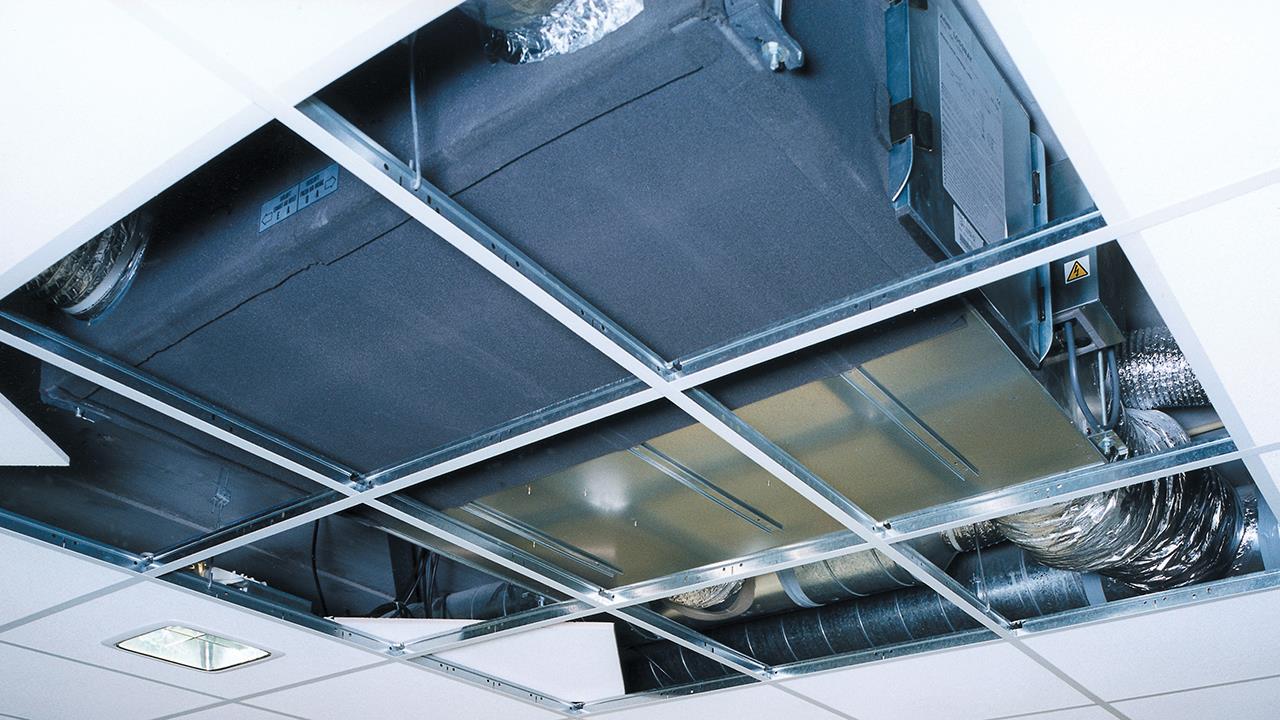

The pandemic has transformed the world of work, leading to vastly different requirements for office spaces. Recent research from McKinsey has found that nine out of 10 organisations are now planning to combine remote and on-site working. A recent survey by Strathclyde University has also found that 78% of employees would prefer to work in the office for two days or less a week.
While the five day working week in the office is looking increasingly outdated, organisations aren’t abandoning office spaces entirely. According to KPMG, just over 10% of CEOs are planning to downsize or have already reduced their organisation’s physical footprint. Rather than occupying large, centralised offices, businesses are now seeking high quality, smaller workplaces that support employees’ wellbeing, comfort, and productivity.
Employees are now using the office space differently, and businesses are having to change their office design to accommodate this shift. This means creating more open and collaborative meeting spaces, alongside facilities that accommodate a transition to hybrid working, and include access to screen-sharing technologies, and services like ventilation and air conditioning.
As a result of this shift, occupancy levels now fluctuate widely. Often, offices are welcoming a lower number of desk workers occupying smaller spaces in the morning, with more joining for in-person meetings in different areas in the afternoon.
To accommodate such changes, building services, such as air conditioning, must be as flexible, adaptive, and efficient as these new ways of working.
A flexible approach
Adjustable and controllable air conditioning systems are a must-have for today’s office environment. While offering cost effective, efficient heating in the colder months and cooling in summer, modern air conditioning also needs to be straightforward to install, while providing flexibility to allow for modification over a building’s lifetime.
Businesses adapting their office spaces now also require flexible air conditioning systems that can be changed to suit the location of meeting rooms, breakout areas, and any other specialist areas. The challenge is finding an approach to air conditioning that can deliver energy efficiency, comfort, and wellbeing for occupants, while allowing for straightforward changes in the future.
One approach to consider is the Hybrid VRF (HVRF) system. Variable refrigerant flow (VRF) technology is well-known for its ability to deliver high quality indoor environments in an energy efficient way that delivers flexibility of operation and design.
VRF systems use refrigerant to transfer heating and cooling around the different zones within a building. An HVRF system continues to offer similar energy efficiency and flexibility with a modular approach, however it uses water to transfer heating and cooling around the building. The system uses a Hybrid Branch Controller (HBC) to link water pipes to the indoor units, with the only refrigerant being in the sealed pipework between the outdoor condenser and the internal HBC.
Flexibility and efficiency
According to the UK Green Building Council, buildings account for over 40% of the UK’s carbon emissions. Heating and cooling systems generate almost 90% of this. With the UK focused on achieving net-zero by 2050, air conditioning must meet environmental regulations.
The use of more energy efficient air conditioning equipment not only reduces operational costs, but also lessens the environmental impact, keeping it in line with corporate and social responsibility directives.
Heat recovery is vital to increasing efficiency. By moving energy where it’s needed, input can be reduced by up to 30%. It is also important to consider low GWP refrigerants.
For example, the Mitsubishi Electric HVRF system uses R32 between the outdoor condenser and the internal Hybrid Branch Controller, meaning there is no refrigerant in occupied spaces. This simplifies compliance and removes the need for leak detection. Hybrid VRF also allows the potential for reducing the use of refrigerant further, alongside options for switching to an even lower GWP refrigerant in the future.
Additionally, HVRF provides a more gradual rate of temperature change within the air-conditioned space, delivering a comfortable and stable environment for occupants. HVRF also delivers simultaneous heating and cooling with heat recovery, making it ideal for buildings that experience varying occupancy.
However, it’s not only the use and occupancy of office buildings that has seen increased variations over the last couple of years.
As reported in The Guardian, “the extremely sunny start to lockdown in the spring of 2020 followed the wettest February, while a heatwave striking in August combined to make 2020 the third warmest year, the fifth wettest, and the eighth sunniest on record.” Air conditioning that is easily programmable and able to adapt to fluctuating temperatures is vital as our climate changes.
Given that the future office is likely to endure more changes of use over its lifetime, it is easy to see why finding a flexible solution for air conditioning is so important.
Modern offices and commercial buildings need systems that provide the highest levels of comfort, while also delivering on energy efficiency.
Thanks to the technology available to us today, the office of the future can be achieved now – combining long term energy efficiency with unparalleled flexibility for years to come.
If you'd like to keep up-to-date with the latest developments in the heating and plumbing industry, why not subscribe to our weekly newsletters? Just click the button below and you can ensure all the latest industry news and new product information lands in your inbox every week.